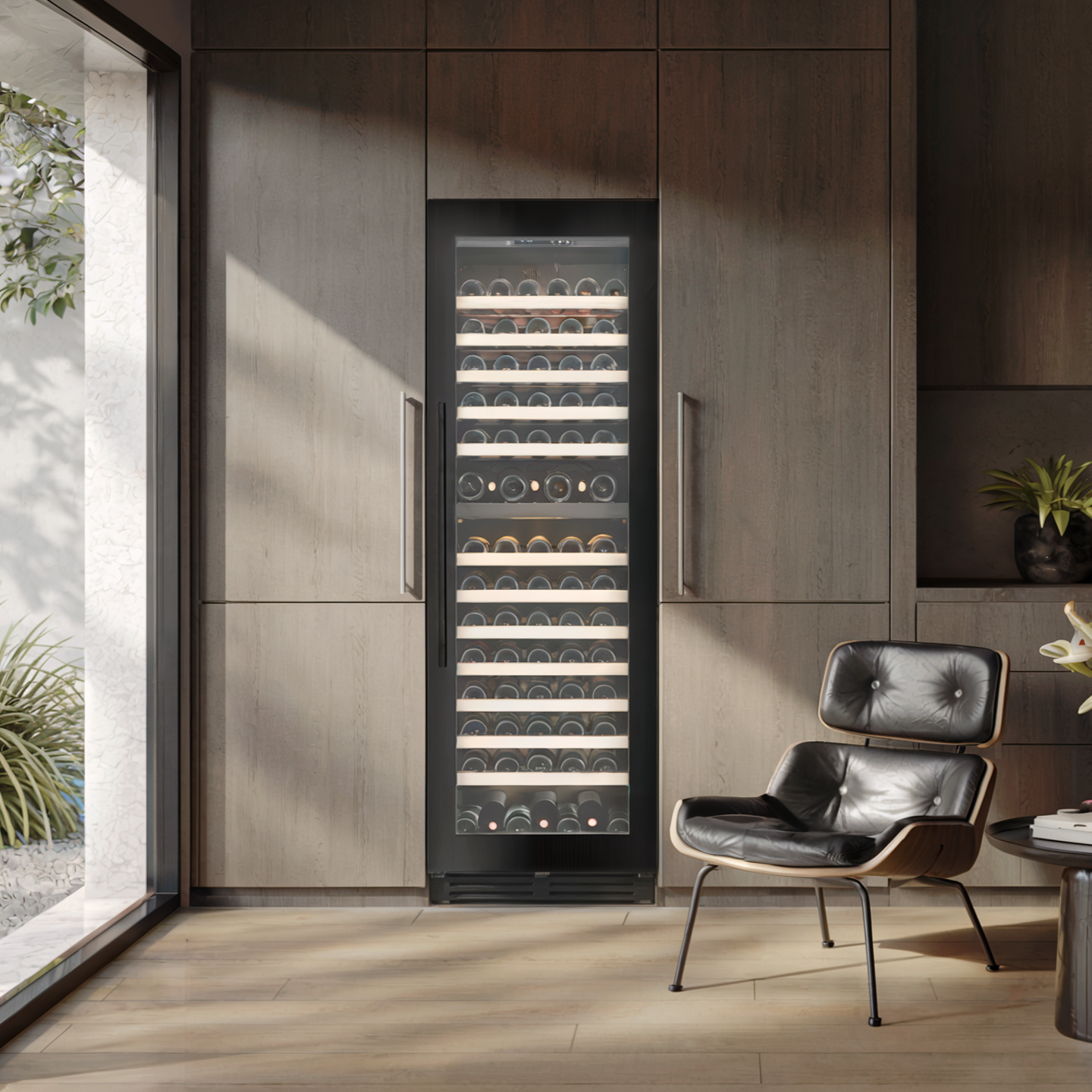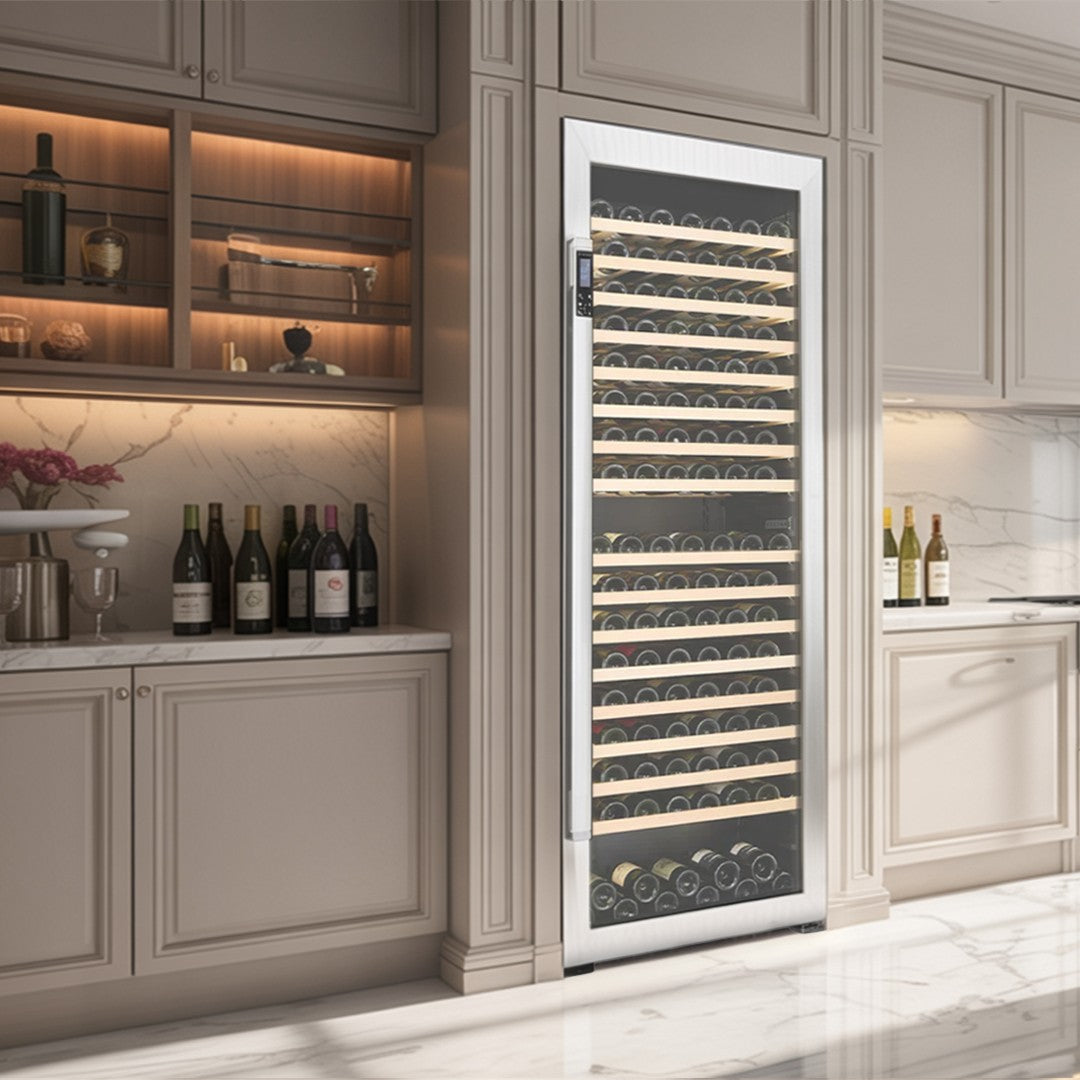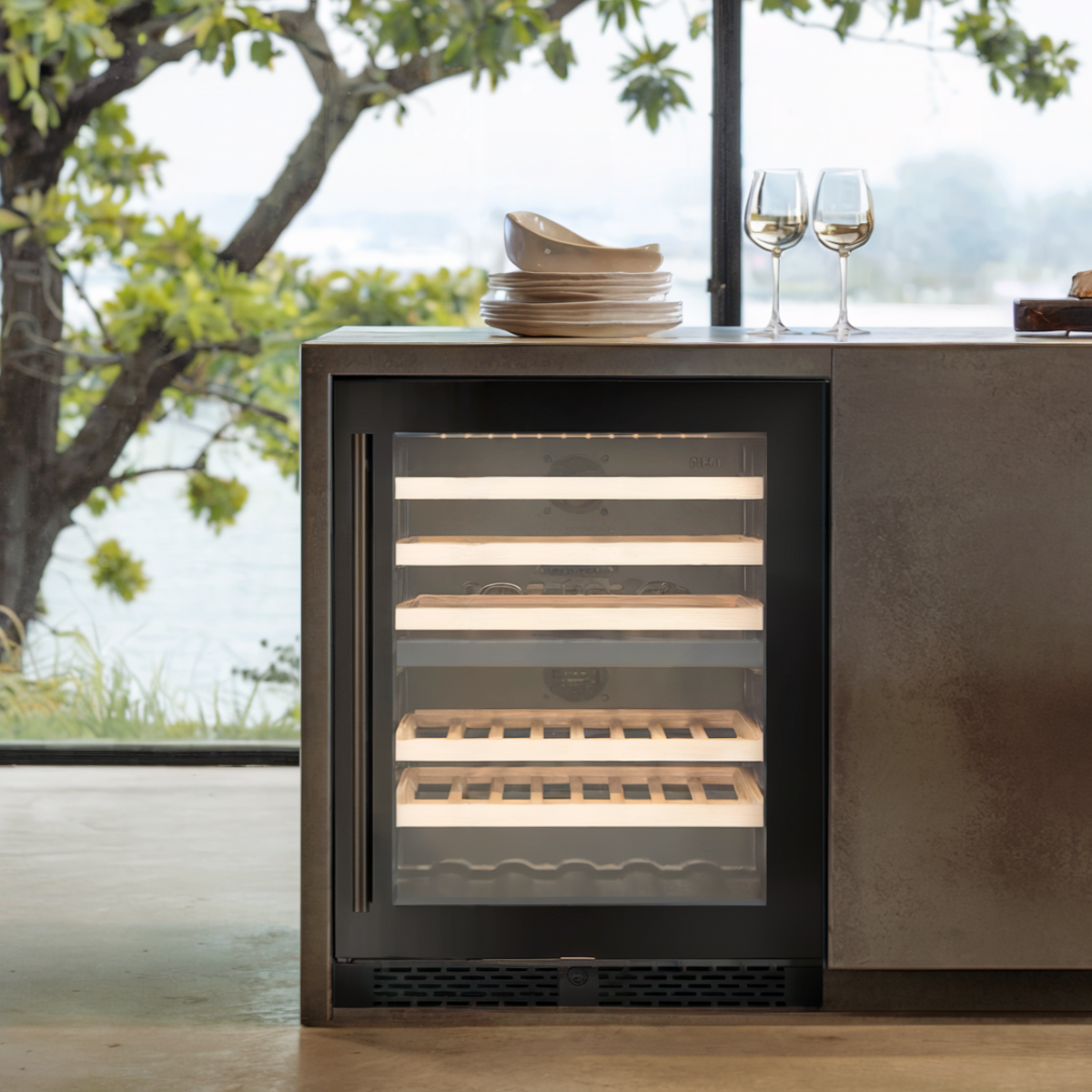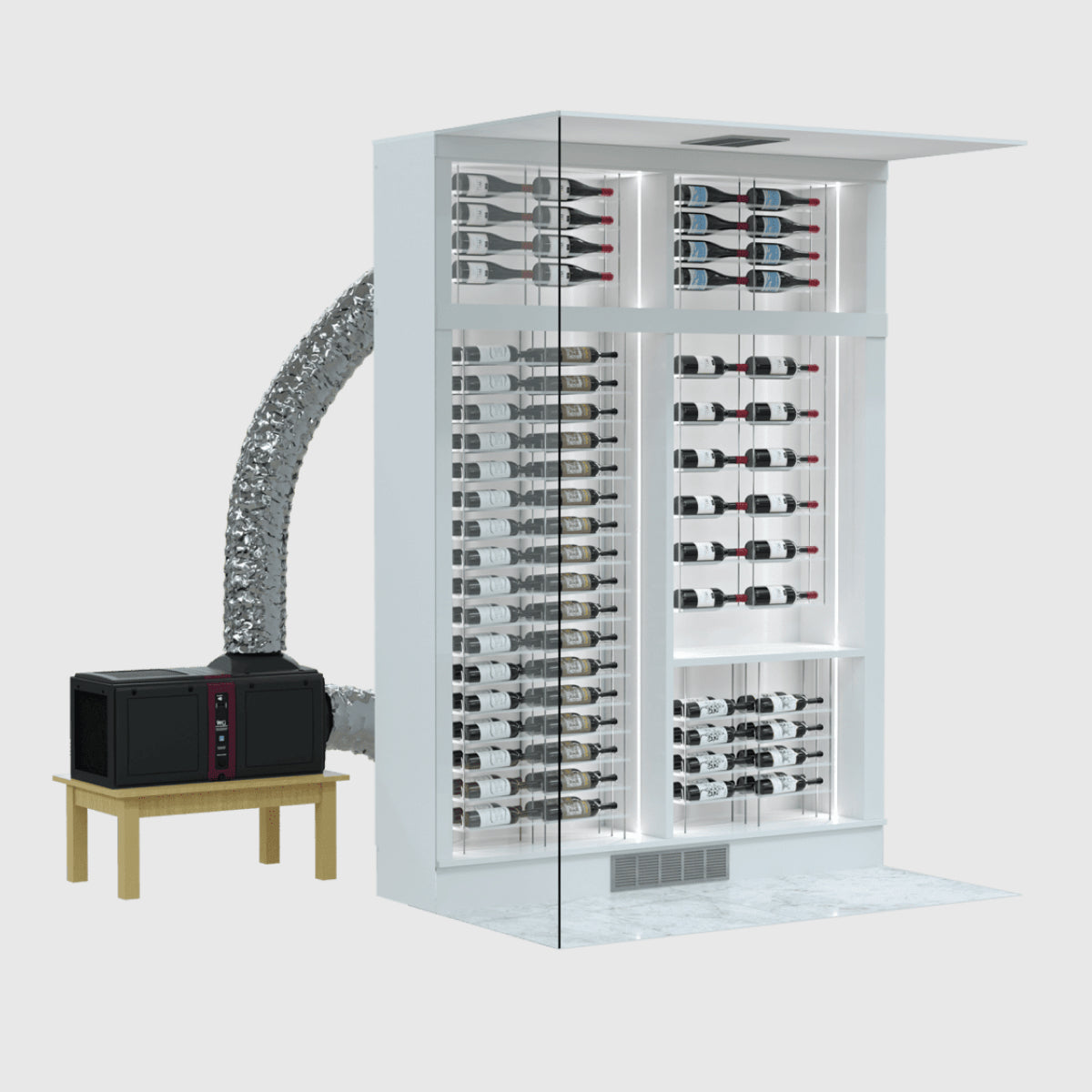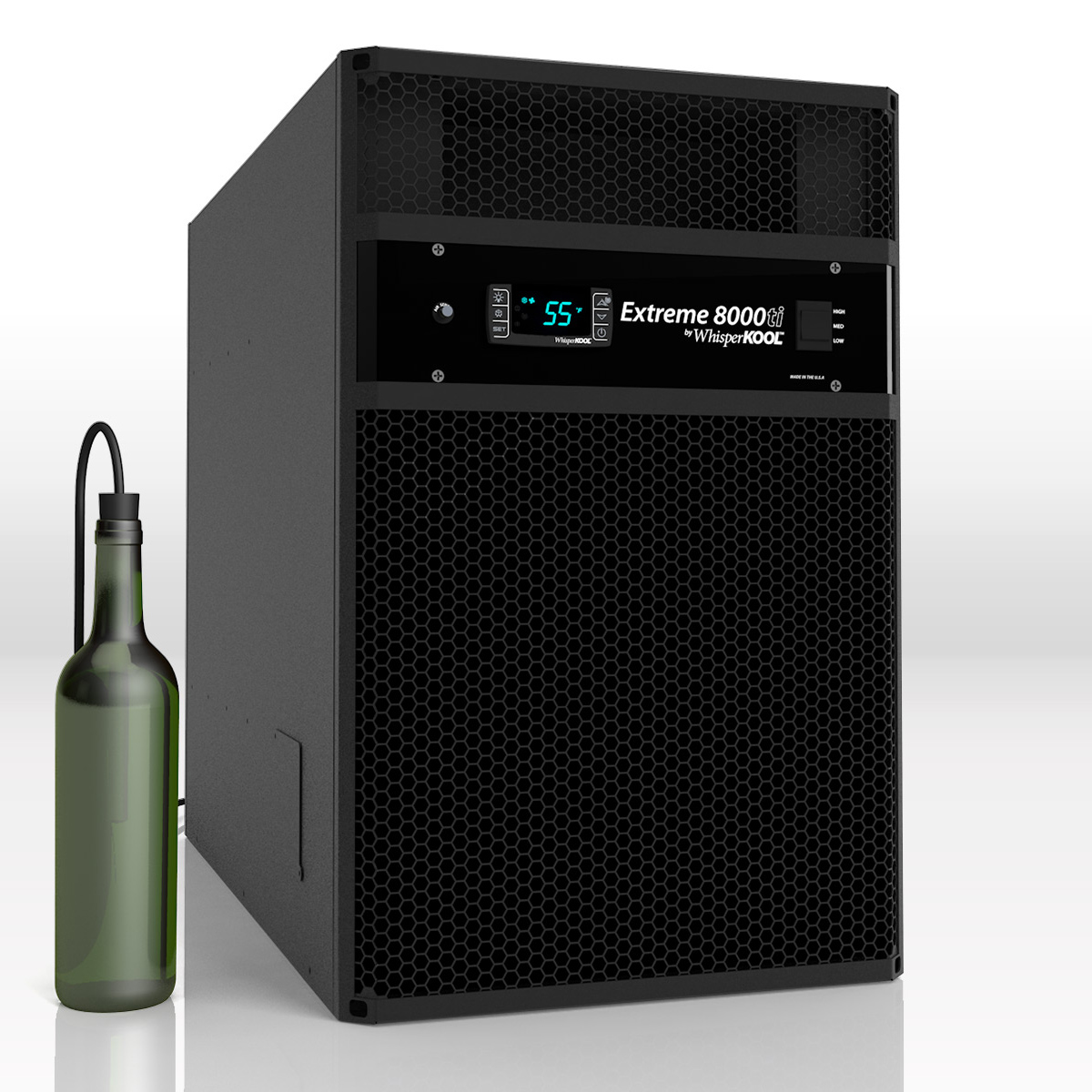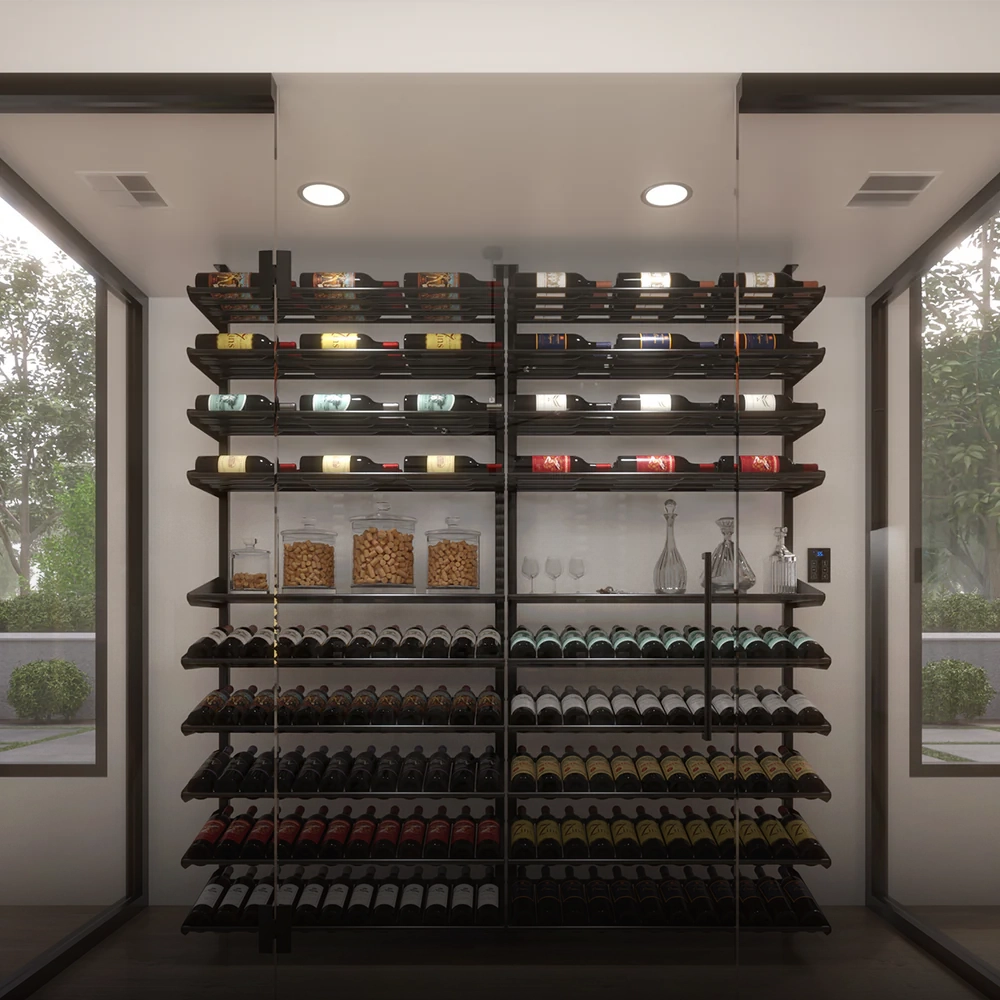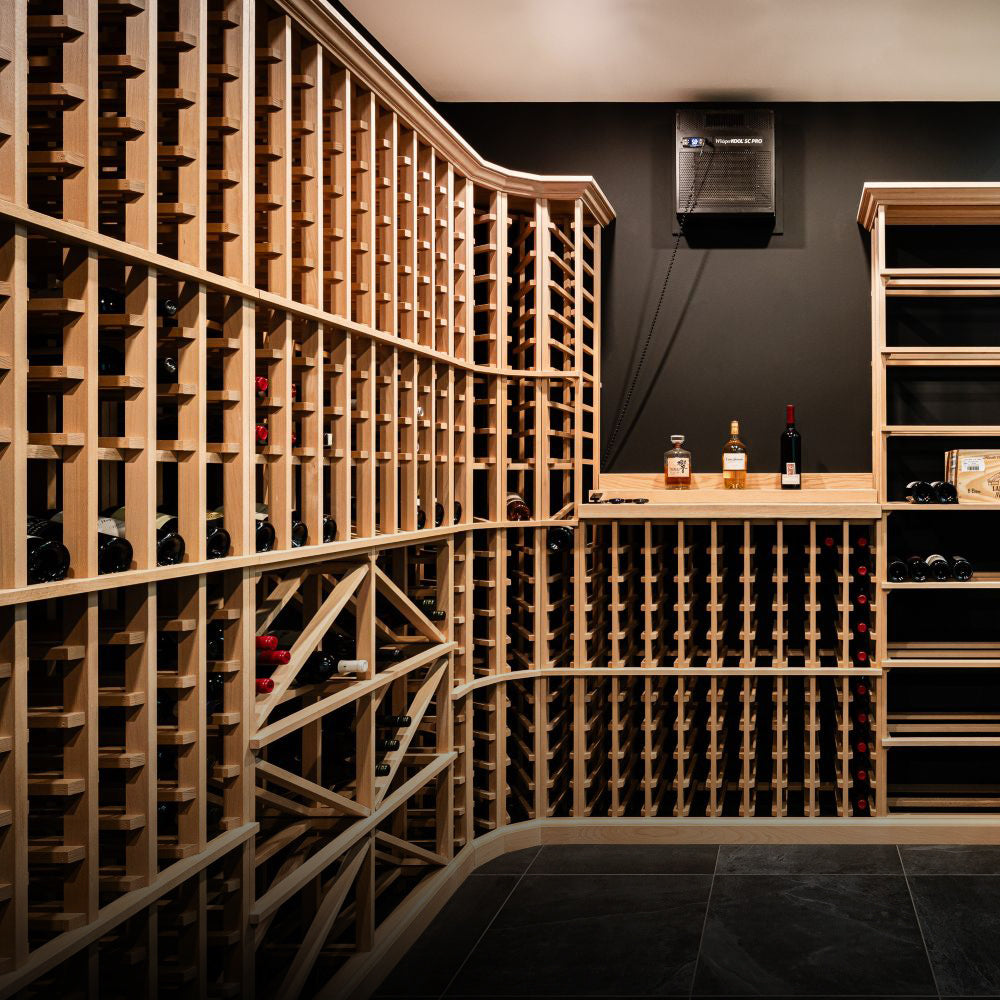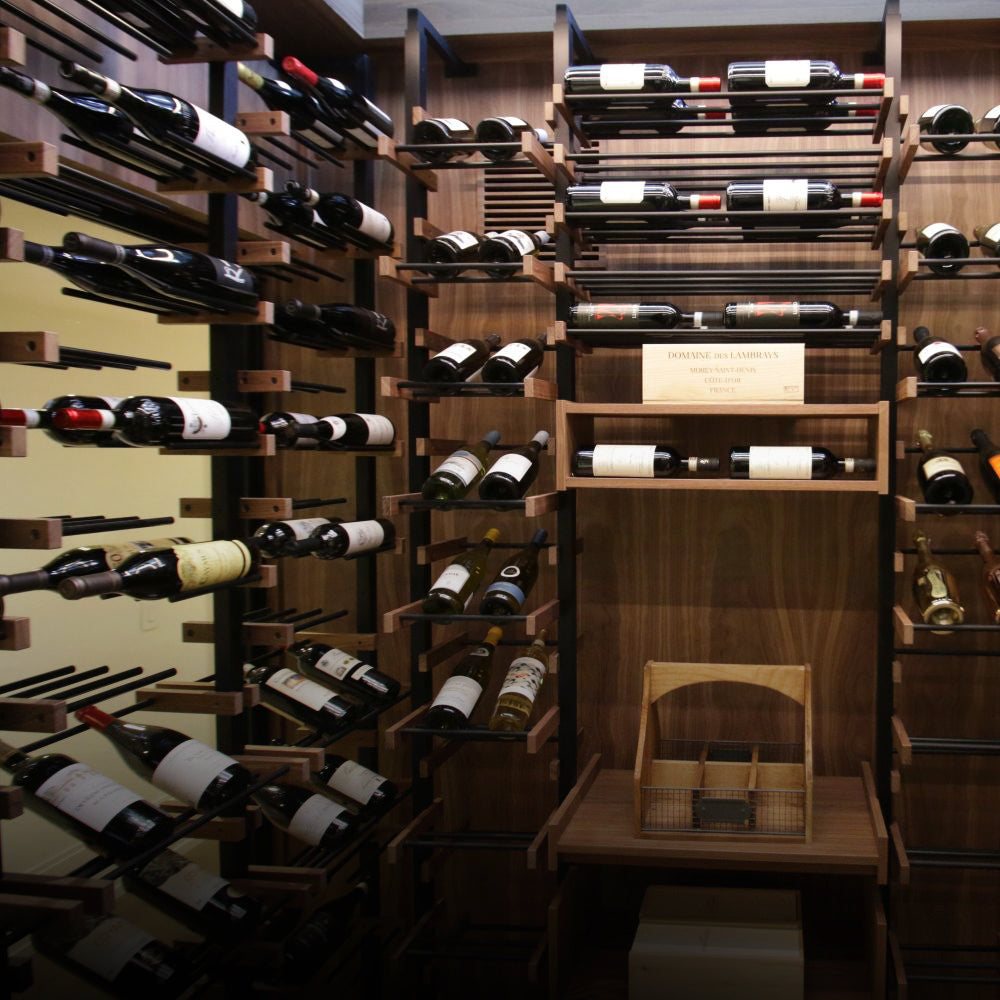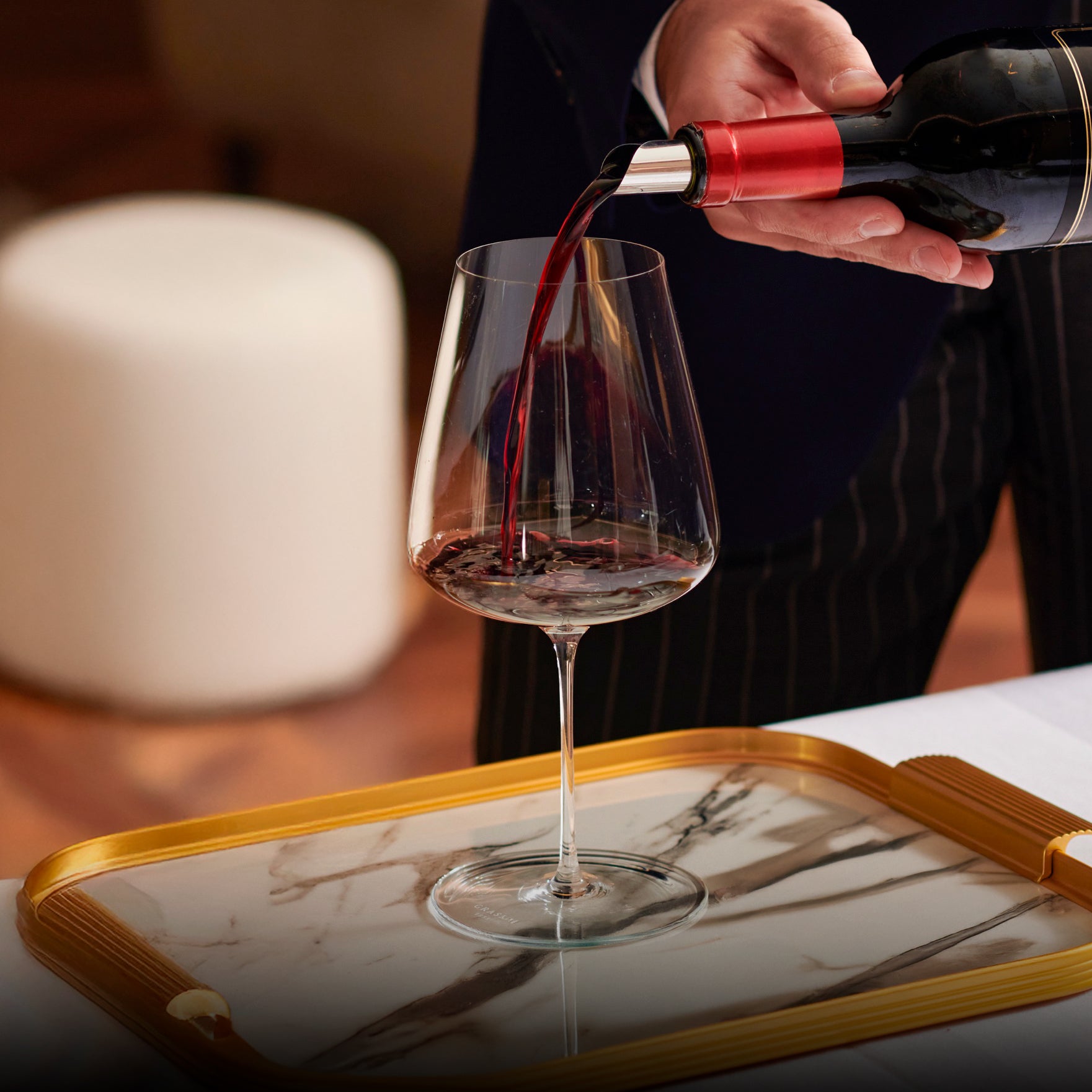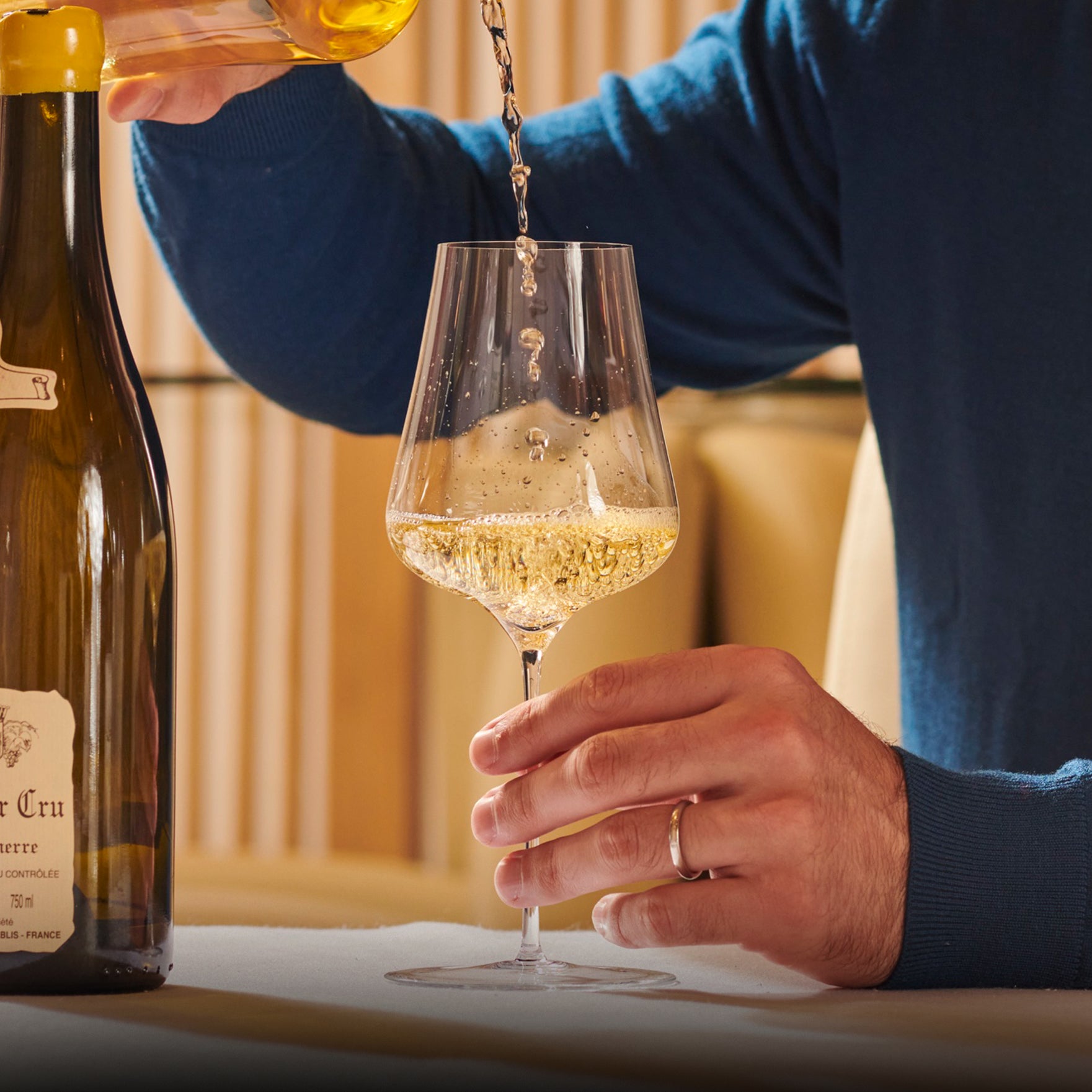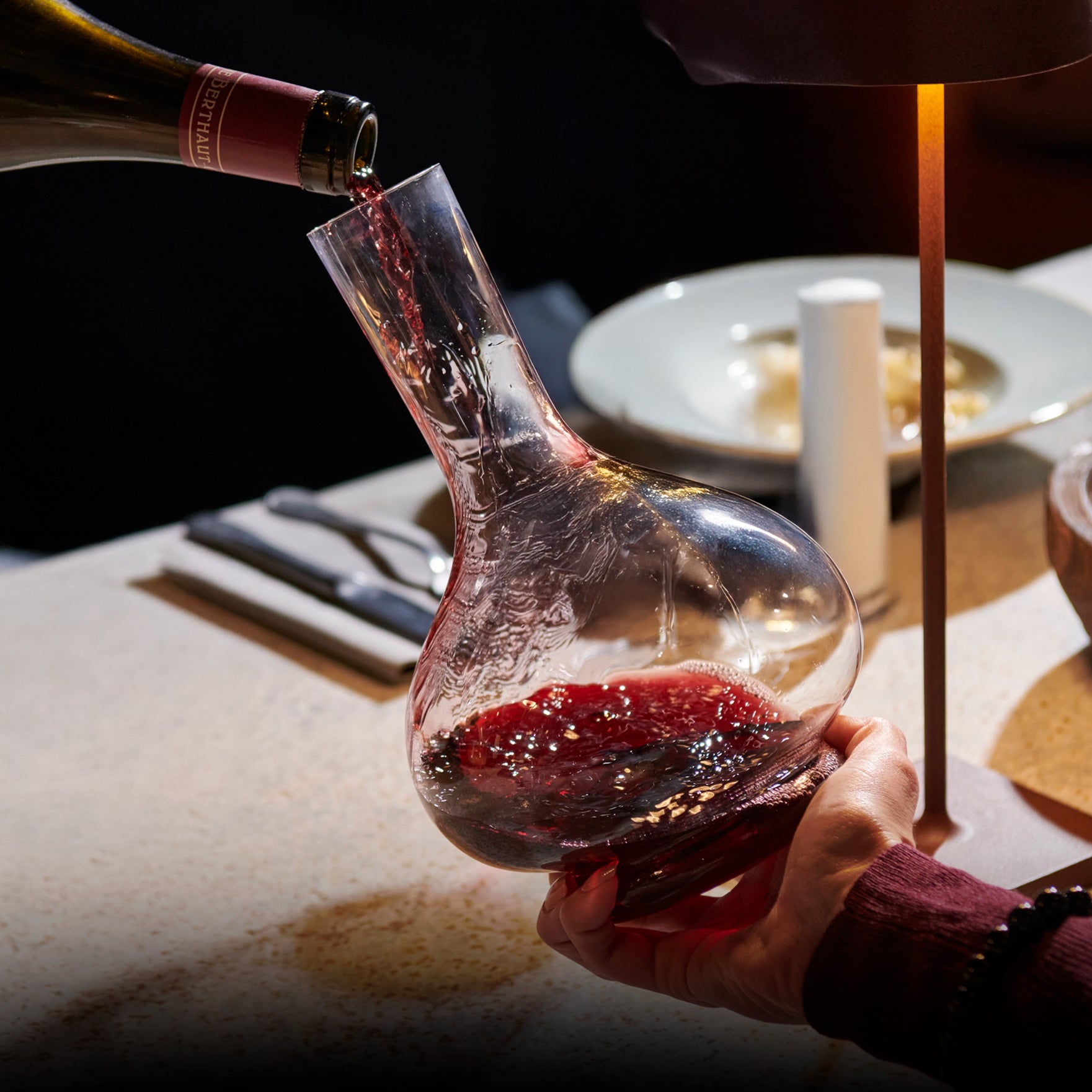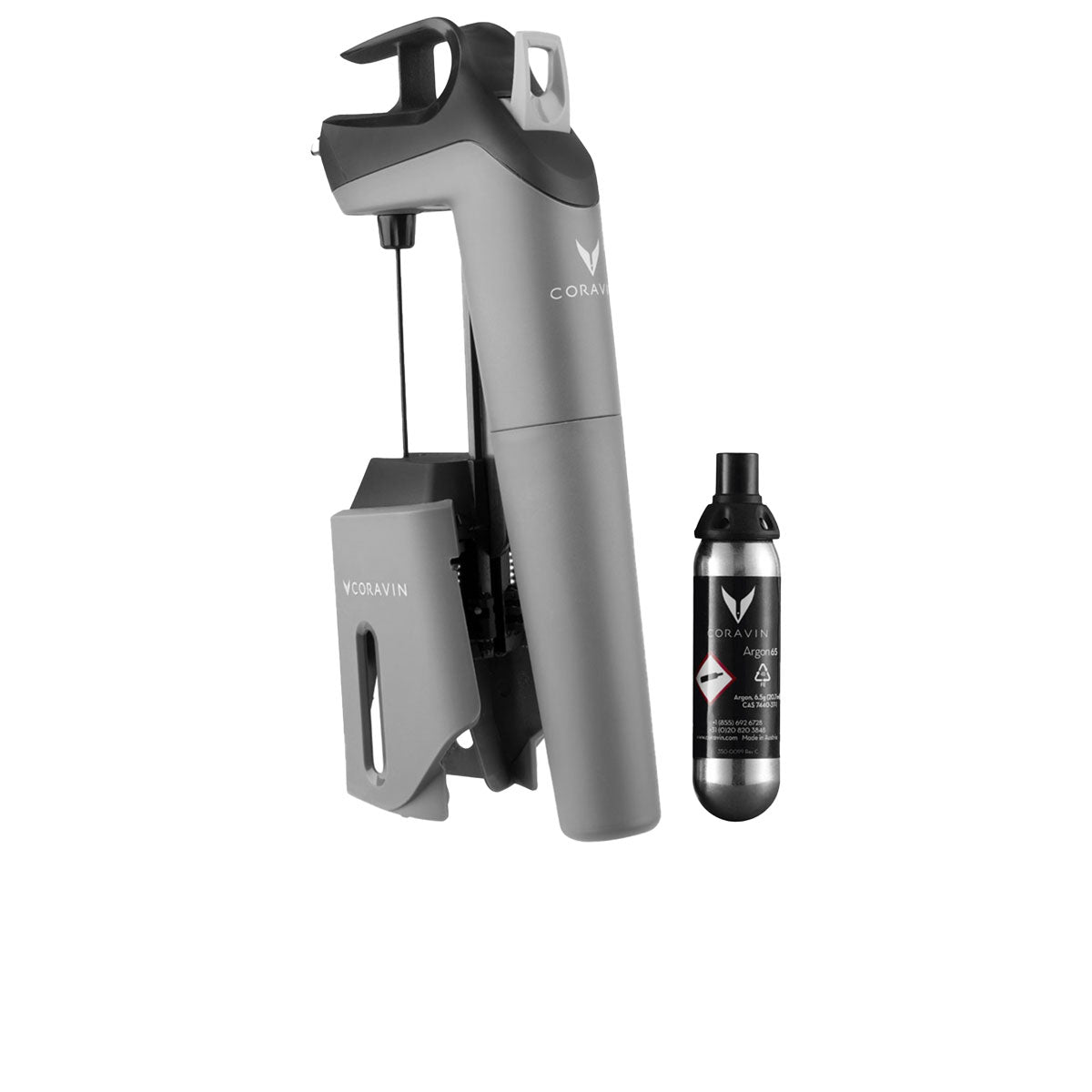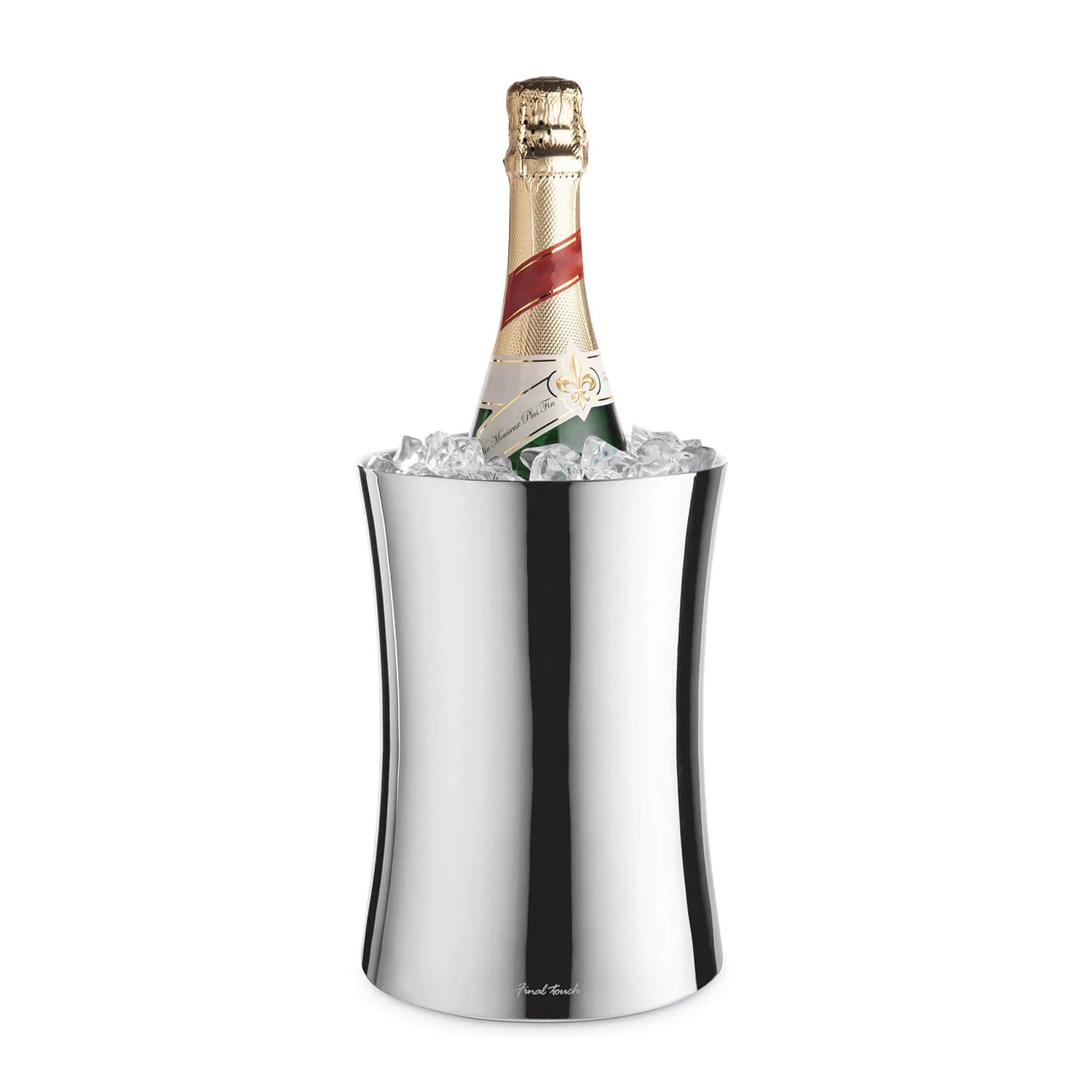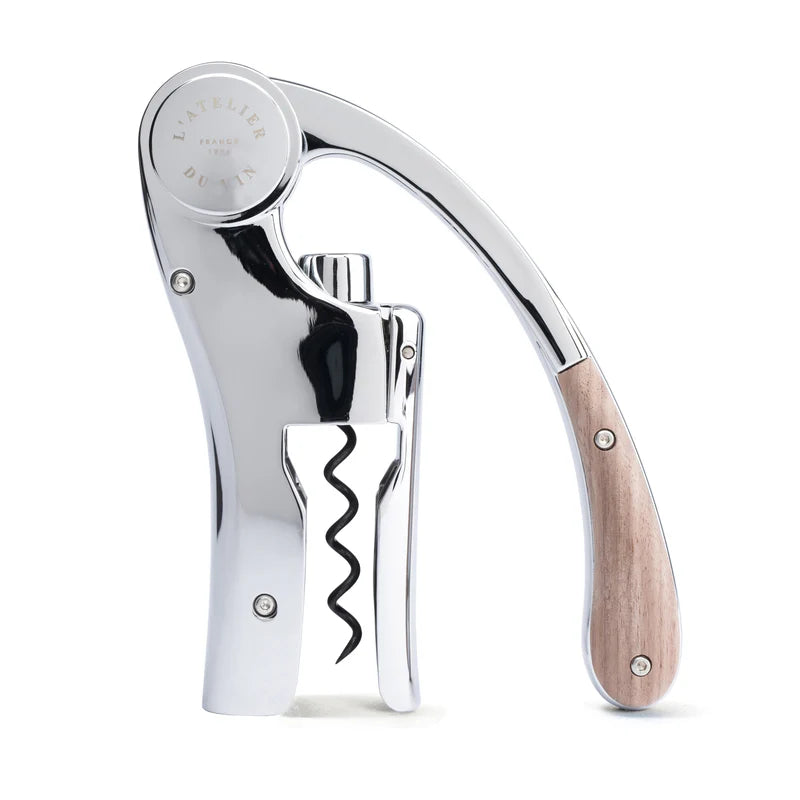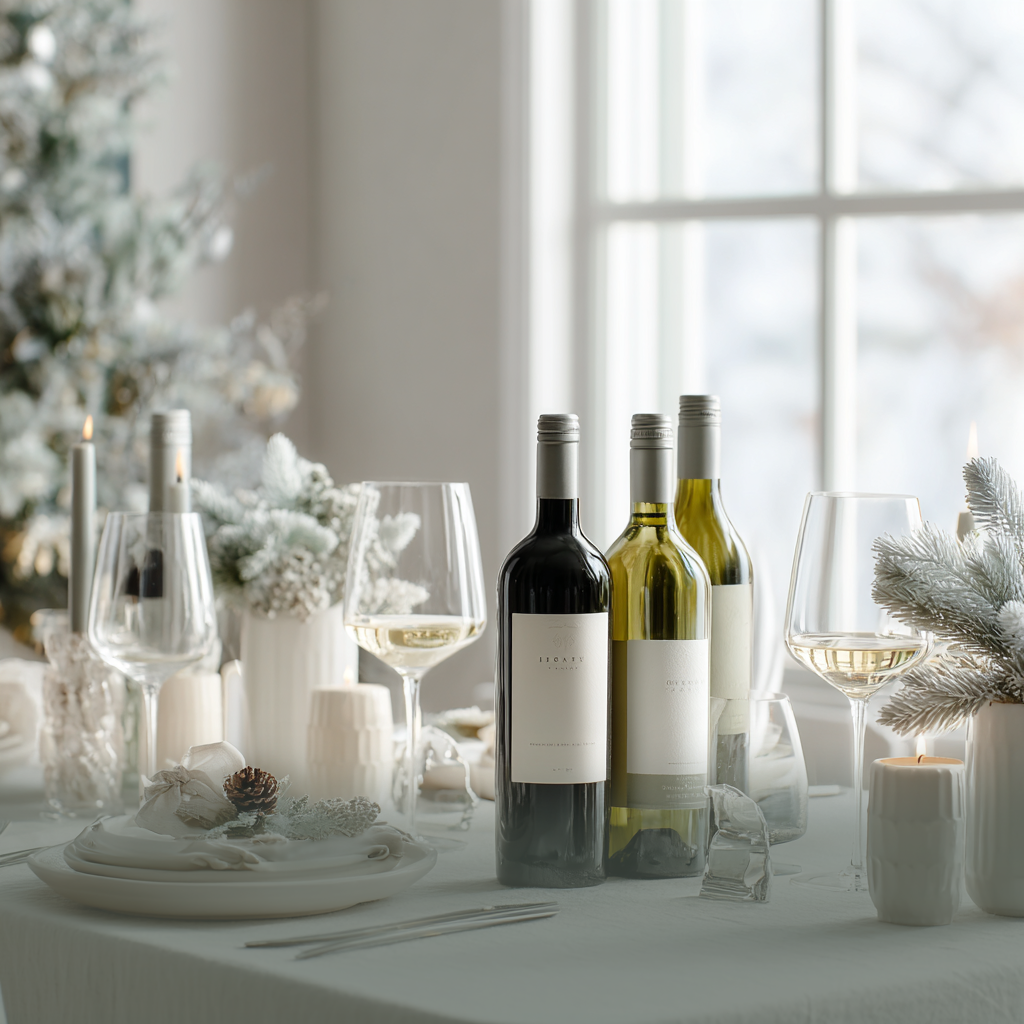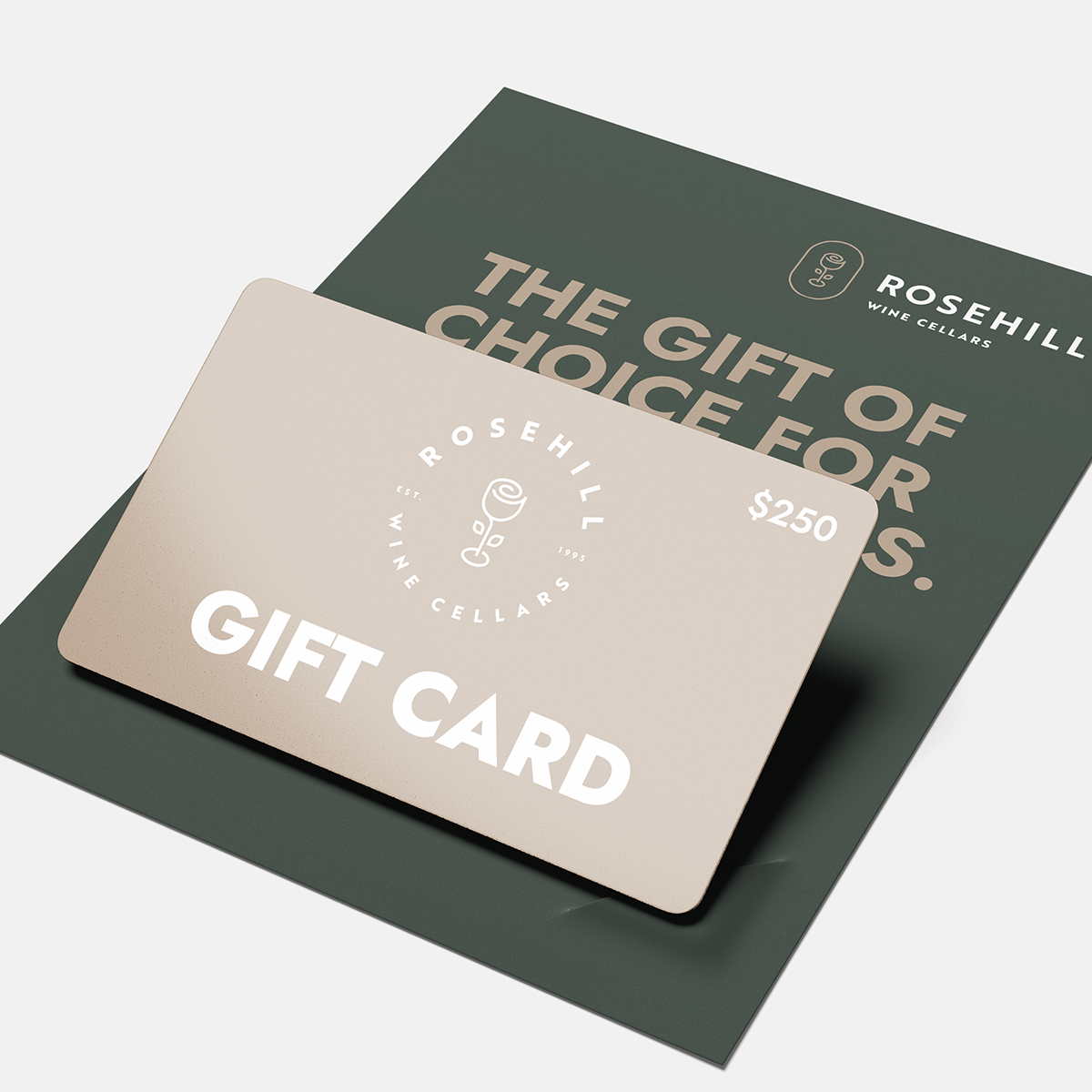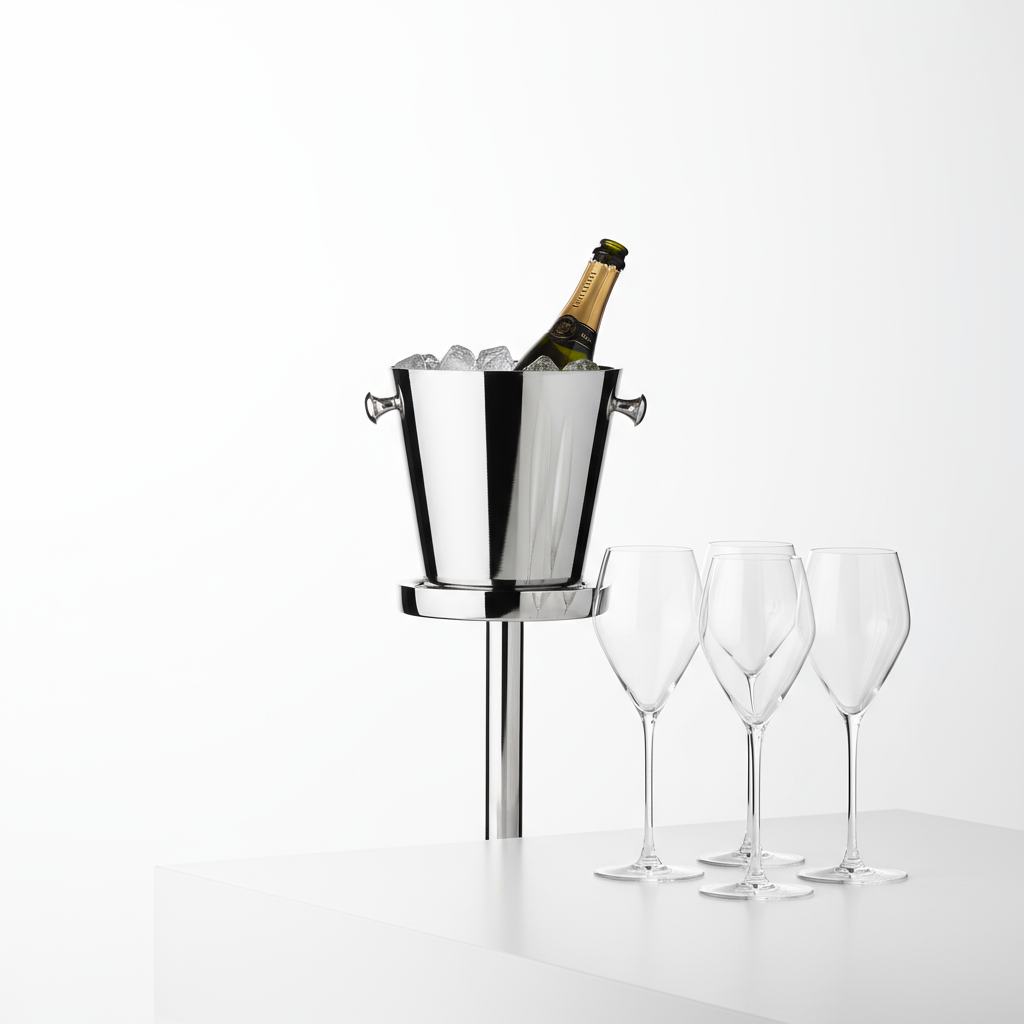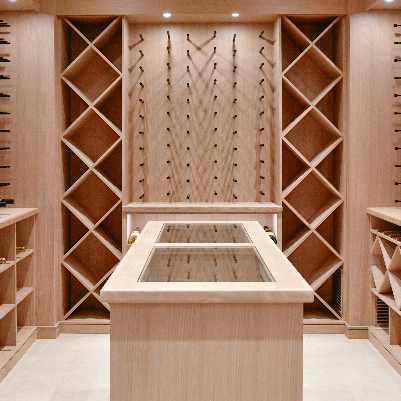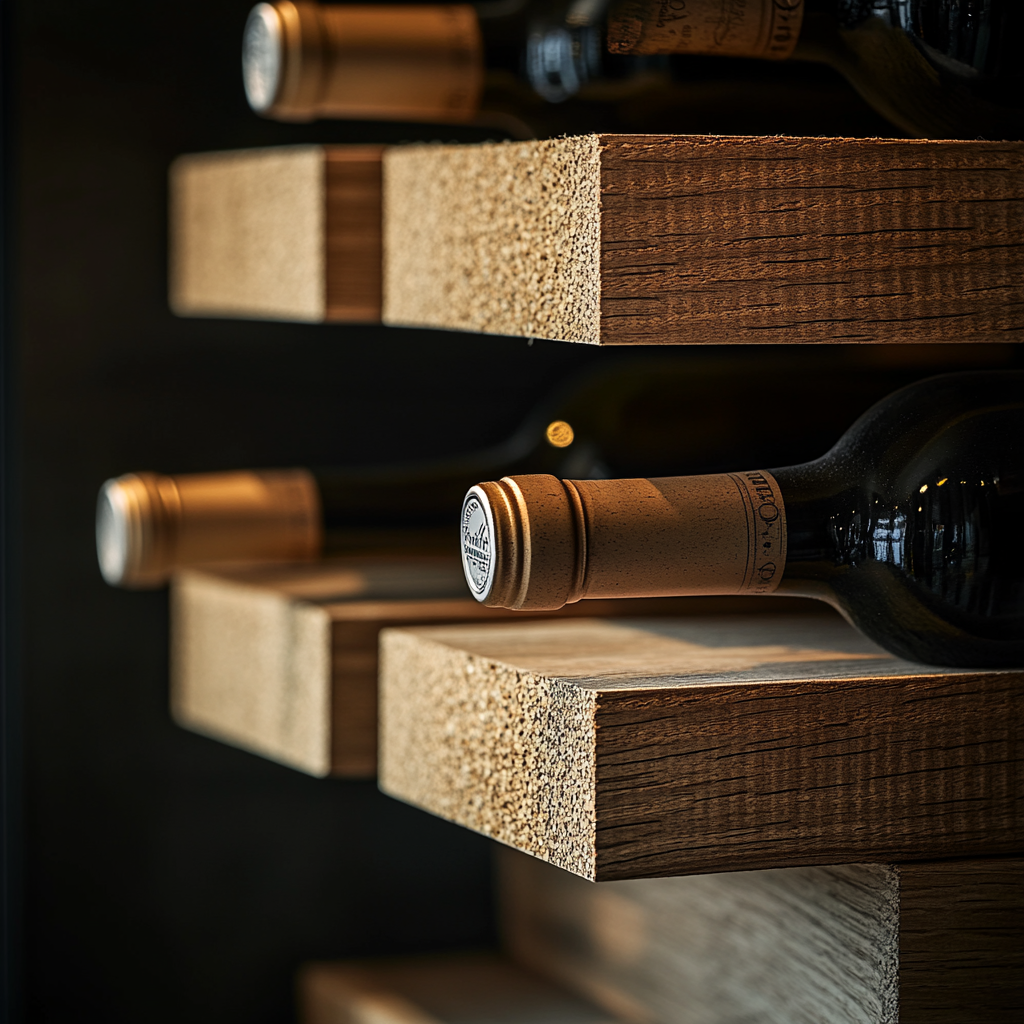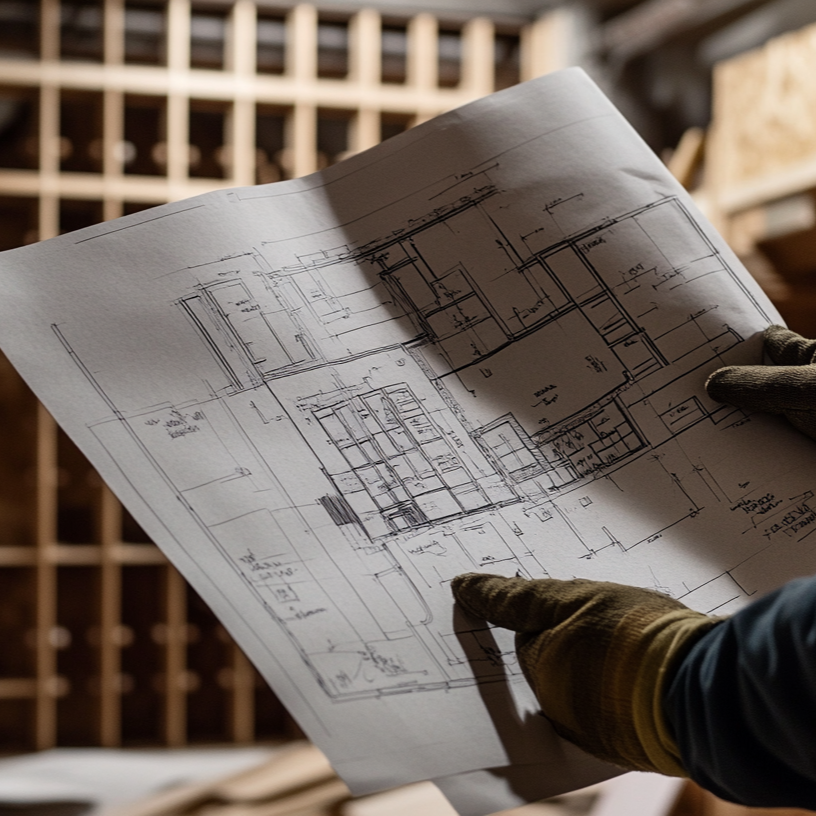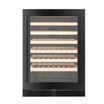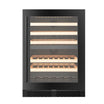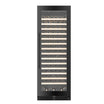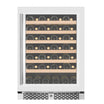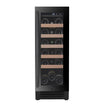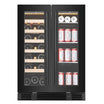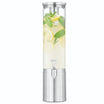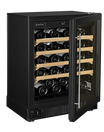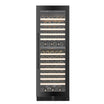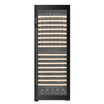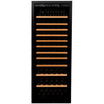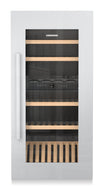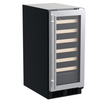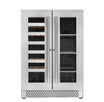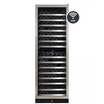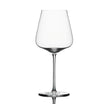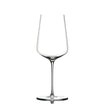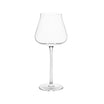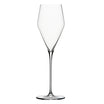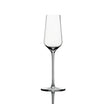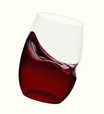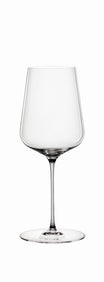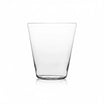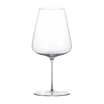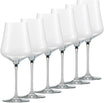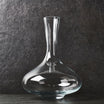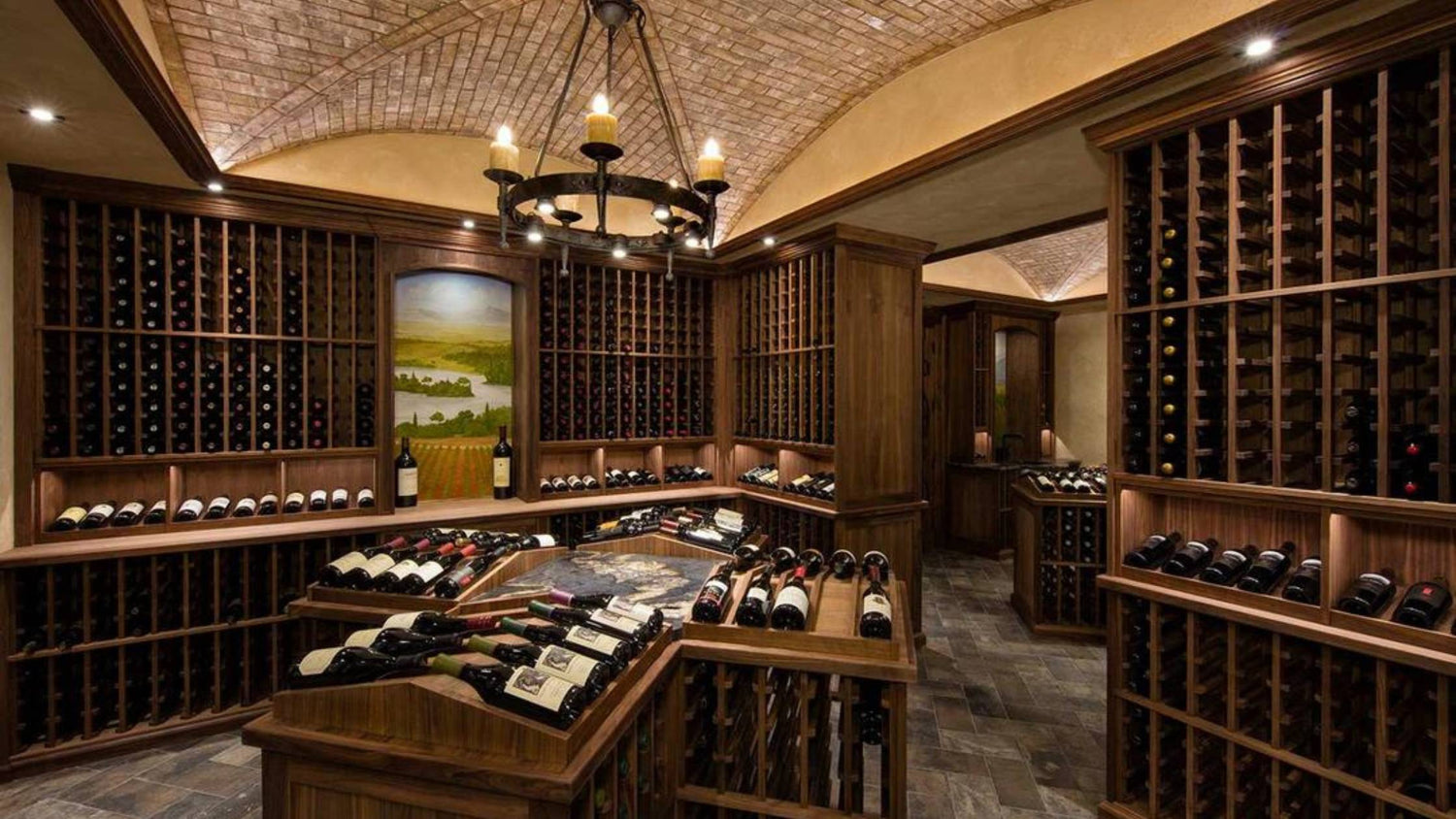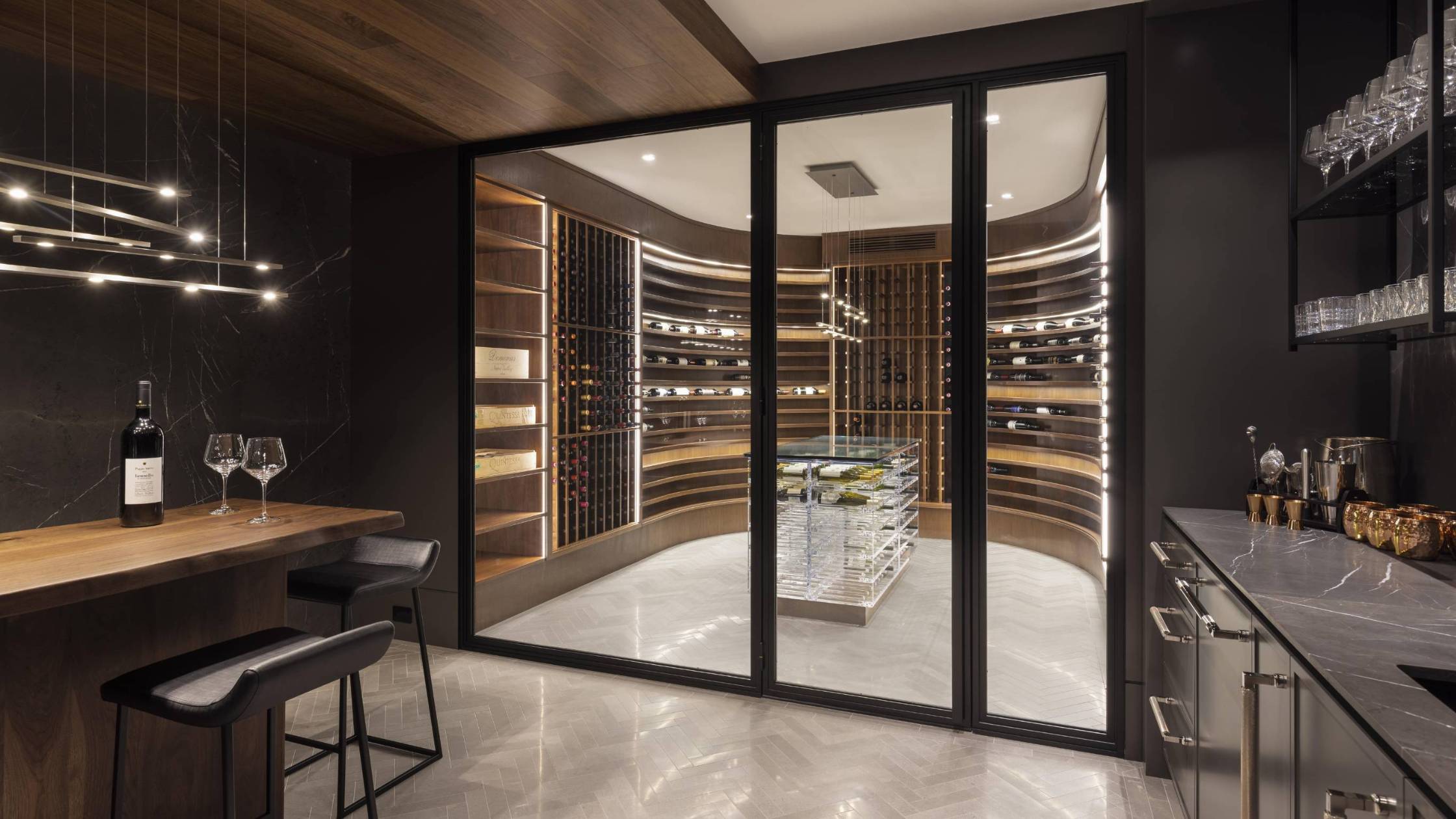Collecting wine can be both enjoyable and profitable. There are, of course, more sensible and thoughtful ways to go about it in order to maximize that pleasure and/or profit. It’s not just about buying more wine than you could reasonably consume over a few months — but that’s often how it starts.
When the wine bug hits you, there are things to consider. Among them is the calculation of roughly how much wine you should aim to buy yearly and whether you are buying wine as an investment or for pleasure, or a combination of the two. These factors will determine what your buying strategy should be.
This will also determine how much space you’ll need, and whether that means a wine cabinet, or a custom-built wine cellar in your living space. In some cases, it can mean storing wine at a professional storage warehouse. In this article, and two more follow-ups, I’ll share some strategies around these considerations to help you get your wine collection started.
Design your own custom wine cellar from Rosehill Wine Cellars. Learn more.
Part One: Calculating Your Needs
First, and crucially, it’s important to consider how much wine you should be purchasing. I’m referring to the number of bottles more than the total value — that number is up to each individual collector. The biggest misstep I see collectors make is buying too much wine, some of which invariably slips past its best-before date.
It’s so prevalent among collectors that I’m inclined to believe it’s almost unavoidable. But it’s like having a fridge full of rotting vegetables: a shame for the wine, and money down the drain. Collector’s frenzy is real.
To give you some perspective on what you’re likely getting into, especially if you are planning to collect as an investment, a recent survey of 232 international collectors from 36 countries published by Liv-ex, a UK-based company that tracks fine wine data, reveals that the average collection of wine partly or entirely for investment purposes contains 2,631 bottles worth around $500,000 CAD.
Nearly half of those surveyed owned between 100 and 1,000 bottles, and more than a quarter between 1,000 and 5,000 bottles. A small percentage own more than 10,000 bottles, while only 13 percent own fewer than 100 bottles. Once you’re in, you’re statistically likely to own more than 100 bottles, and more likely to acquire more than 1000 bottles if you want your collection to be a genuine investment, with risks spread over many “asset classes,” that is, different wines.
In terms of value, you can expect your collection to grow to be worth more than $150,000, or more than $800,000 CAD if you join the top third. The stakes are high, making a strategy critical to success.
The highest quality custom wine cellars in North America. Learn more.
Collecting for Pleasure
Assuming you are building a collection geared principally for enjoyment, what and how much you buy will logically depend on how much you consume, and what you like to drink. And again, over-buying is wasteful. I’d rather buy fewer cases of higher end wine instead of heaps of less expensive wine that probably won’t last as long. Remember: Buying wine can be addictive.Calculate Your Consumption
Step one is to calculate roughly the number of bottles consumed in your household in a year (I’m not your doctor, you can be honest). Start with the average number of bottles per week, and then pad that number to account for festive periods when consumption is higher, and consider annual parties, anniversaries, gifting and anything else that adds to that number. Don’t include wines you drink at restaurants or at a friend’s (unless you’re bringing the wine).Style Considerations
Then, reflect on what styles of wine you tend to drink. Do you like to start a meal with champagne or sparkling wine? Do you go straight to red, or enjoy a glass of crisp white beforehand? Light-, medium- or full-bodied red wines? How often do you really drink port or sweet wine?
Lastly, give some consideration to bottle formats. Most experts agree that magnums (1500 ml) are the ideal size for long-term aging. Formats even larger than this will age more slowly. These can be impressive sights; nothing says “festive” like pulling out a three or six-litre bottle. The question is, how often do these festive occasions come around?
Personally, I find that I have few opportunities to open big bottles. Even with large gatherings, I find I’d prefer to share more standard 750 ml bottles and serve guests smaller glasses of a greater number of wines over the course of an evening, as opposed to two or three glasses of the same wine. Wine, for me, is all about discovery and diversity. But I know many collectors who swear by large format bottles and have no shortage of occasions to pull them out. How about you? Don’t forget, you’ll have to allow for additional storage space for these in the cellar.
And a note on half (375 ml) bottles: These are great for dinners for two (or one), but bear in mind that wines in small bottles age more rapidly, and arguably never reach the same degree of complexity/pleasure as the identical wine in a 750 ml or even better, a 1500 ml bottle. Half bottles are for current consumption or short-term cellaring at best. These are some of the basic questions I ask my private clients before putting together a collecting strategy, tied naturally to the more specific types and origins of their preferred wines. Here's what a basic profile might look like:
- Annual consumption: 150–200 bottles, mostly 750 ml
- 10% sparkling, mainly champagne
- 20% white, mostly old world, especially white Burgundy
- 70% red, mainly French and Italian, Burgundy, Bordeaux, Rhône, Barolo, Brunello
Take a moment to create your personal cellar profile.
 Master Sommelier John Szabo is a partner and principal critic for WineAlign.com, Canada’s largest wine publication, and buyer for the WineAlign Exchange wine club. He's built a career in the hospitality industry, specializing in serving and sommellerie. He also imports, teaches, writes, photographs, speaks, emcees, consults, and judges wine internationally. John is also co-host of the newly launched podcast Wine Thieves with WineAlign partner Sara d’Amato, and he's achieved critical acclaim with his latest book Volcanic Wines: Salt, Grit and Power.
Master Sommelier John Szabo is a partner and principal critic for WineAlign.com, Canada’s largest wine publication, and buyer for the WineAlign Exchange wine club. He's built a career in the hospitality industry, specializing in serving and sommellerie. He also imports, teaches, writes, photographs, speaks, emcees, consults, and judges wine internationally. John is also co-host of the newly launched podcast Wine Thieves with WineAlign partner Sara d’Amato, and he's achieved critical acclaim with his latest book Volcanic Wines: Salt, Grit and Power.
